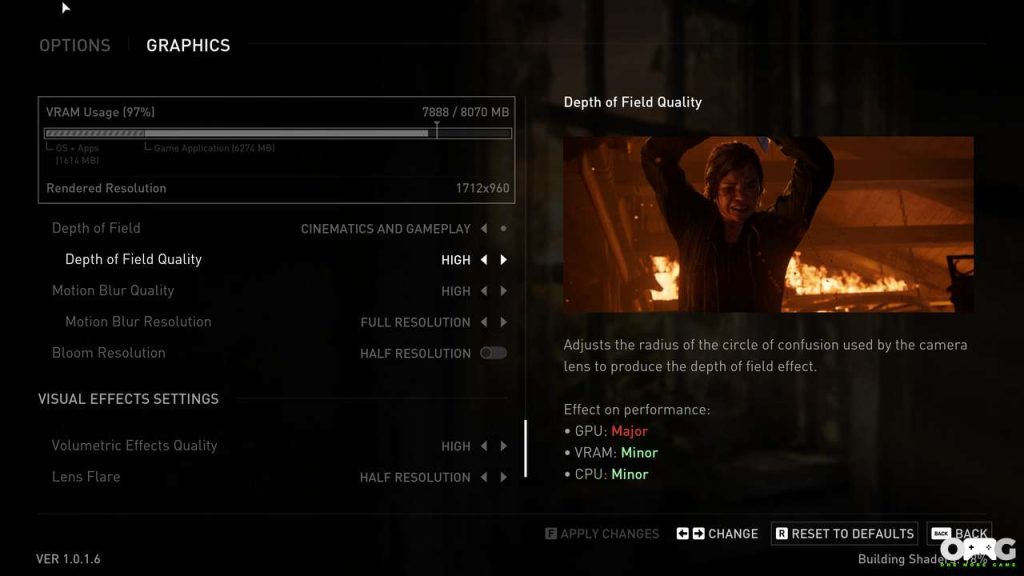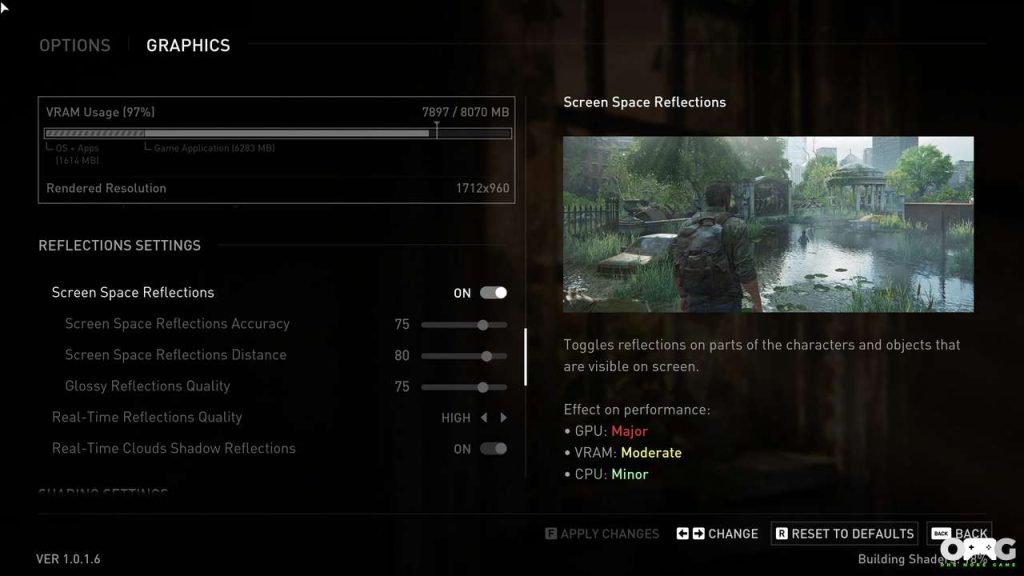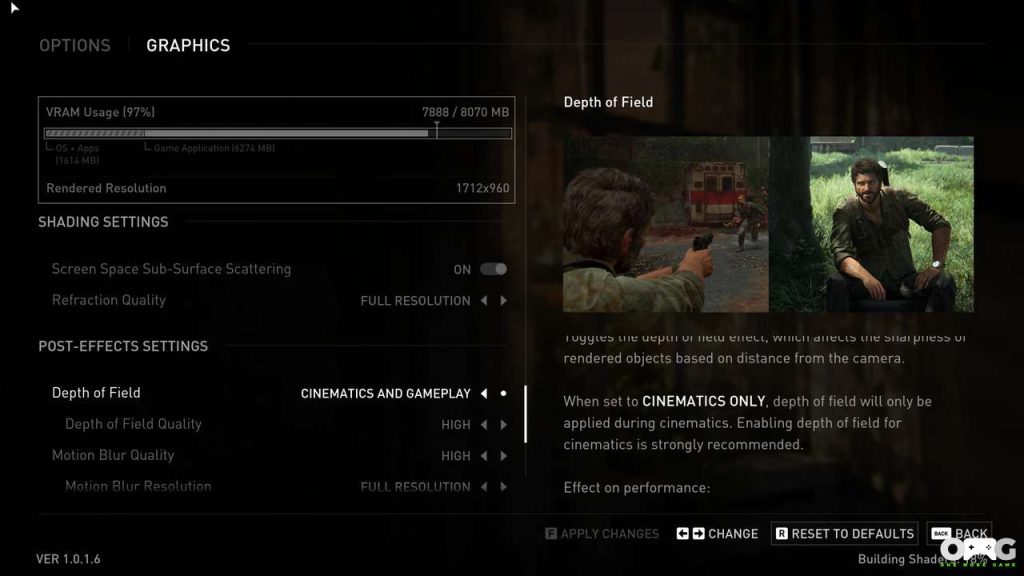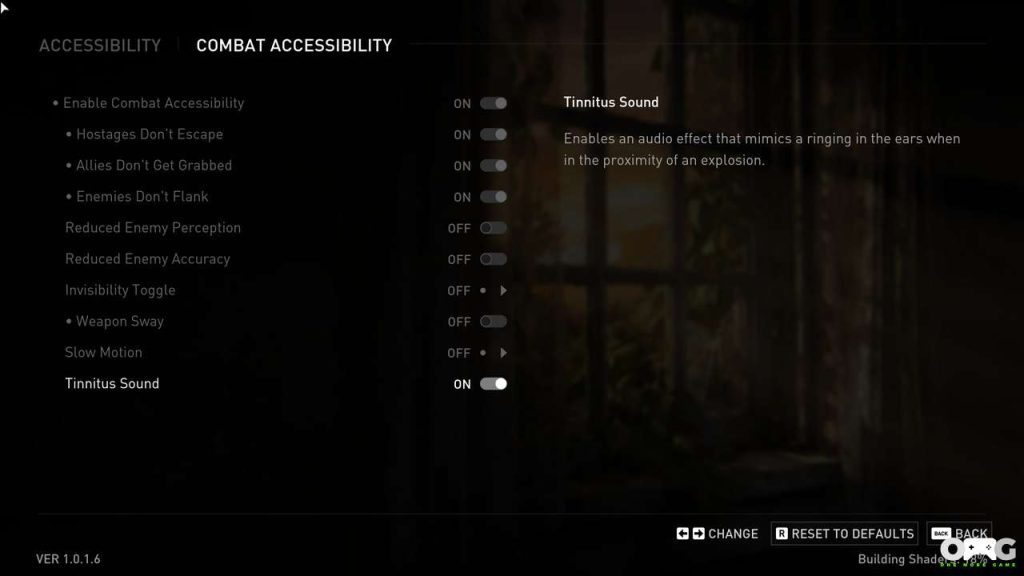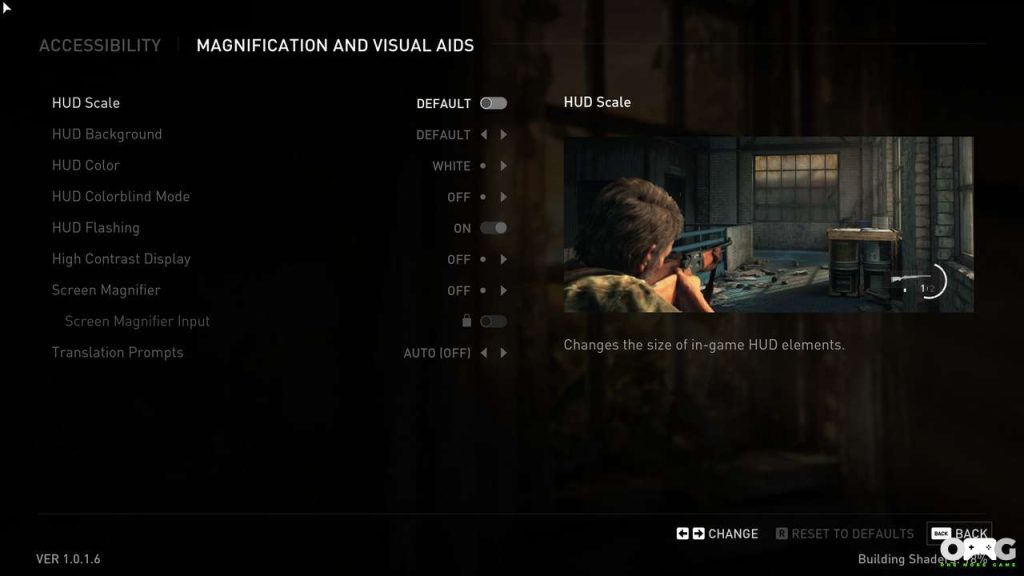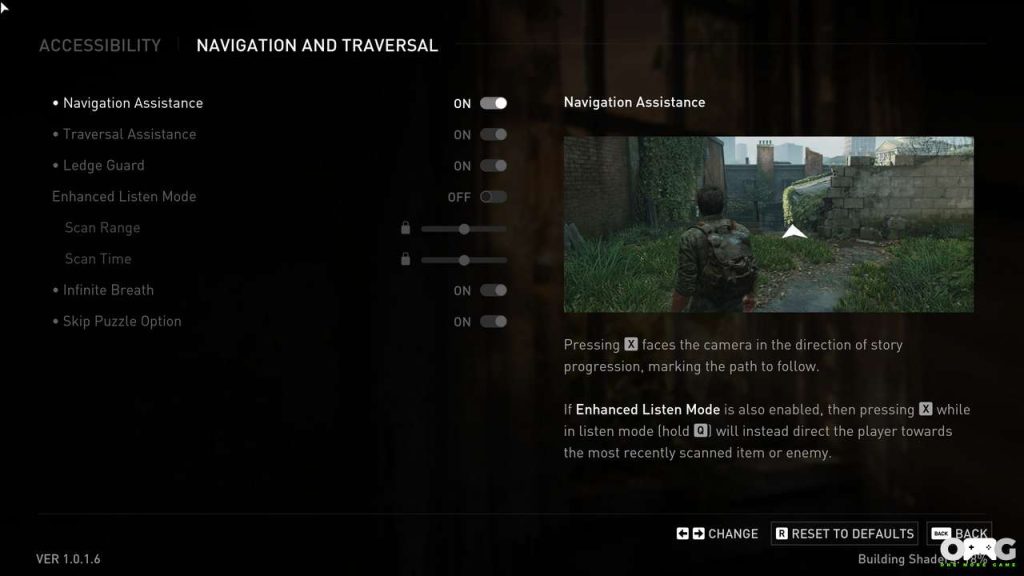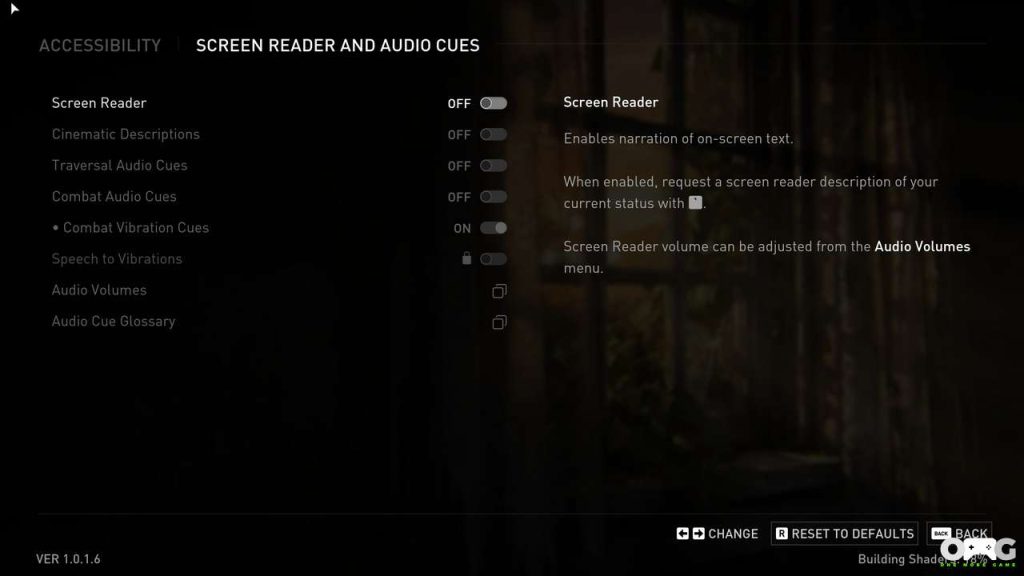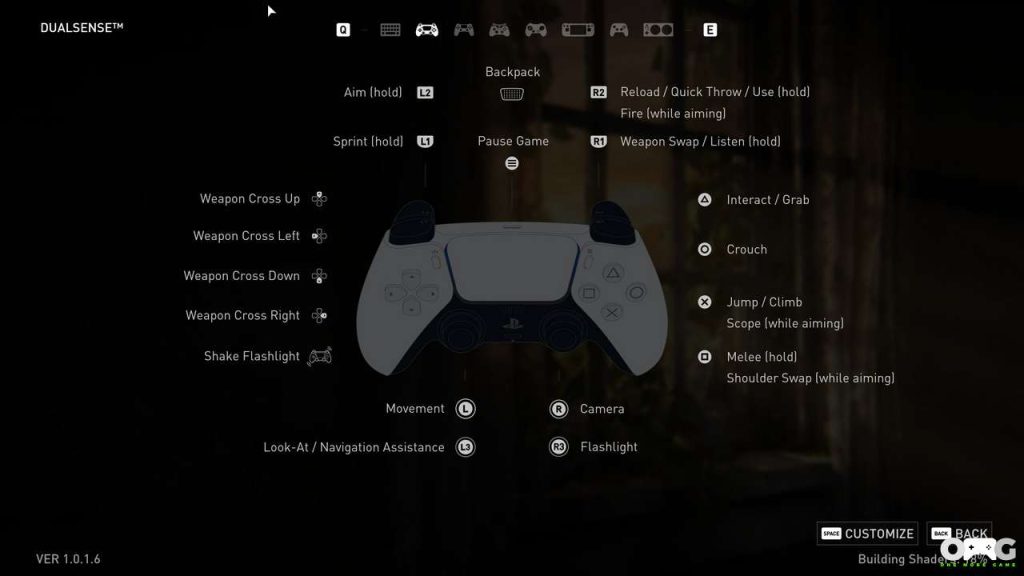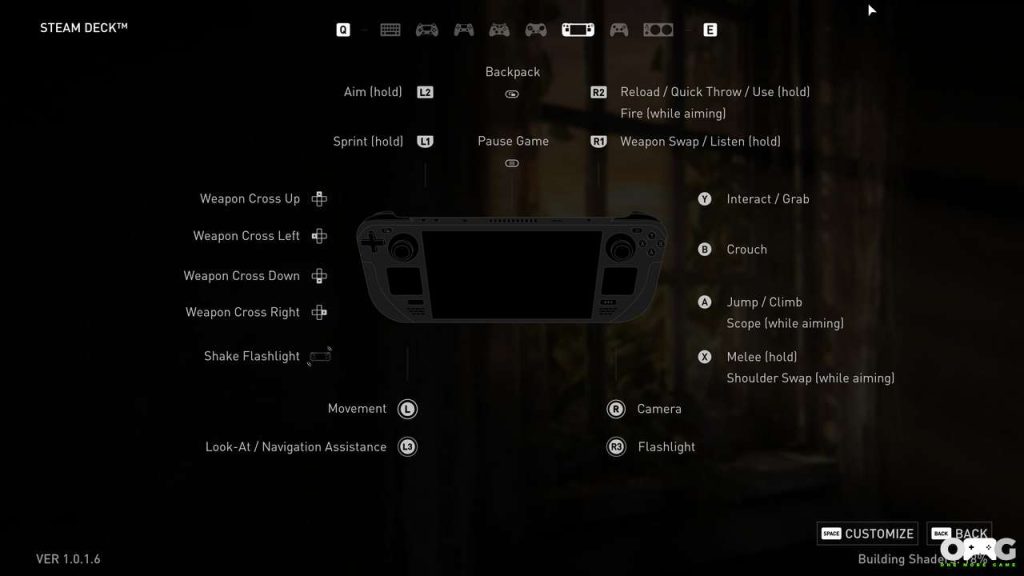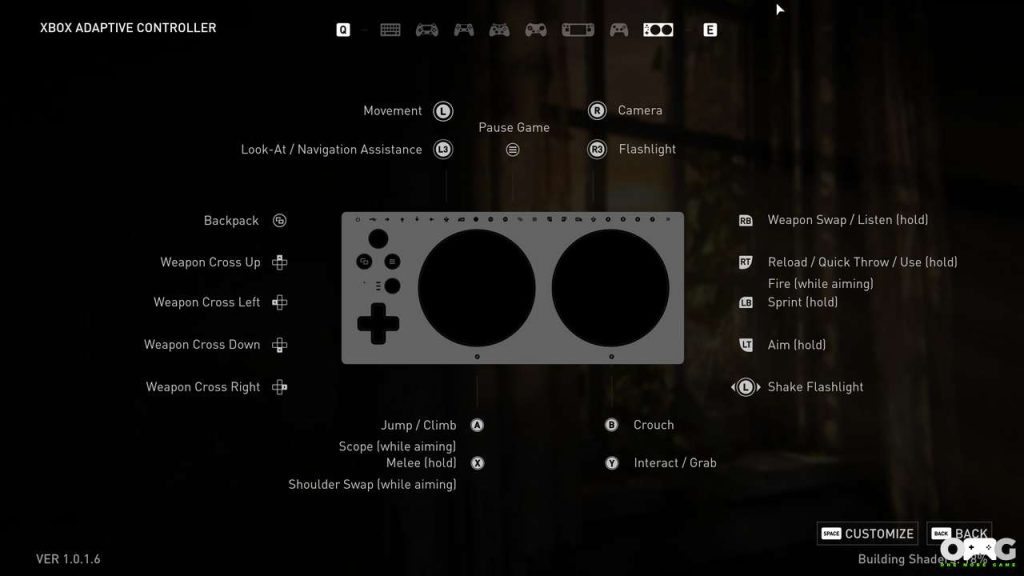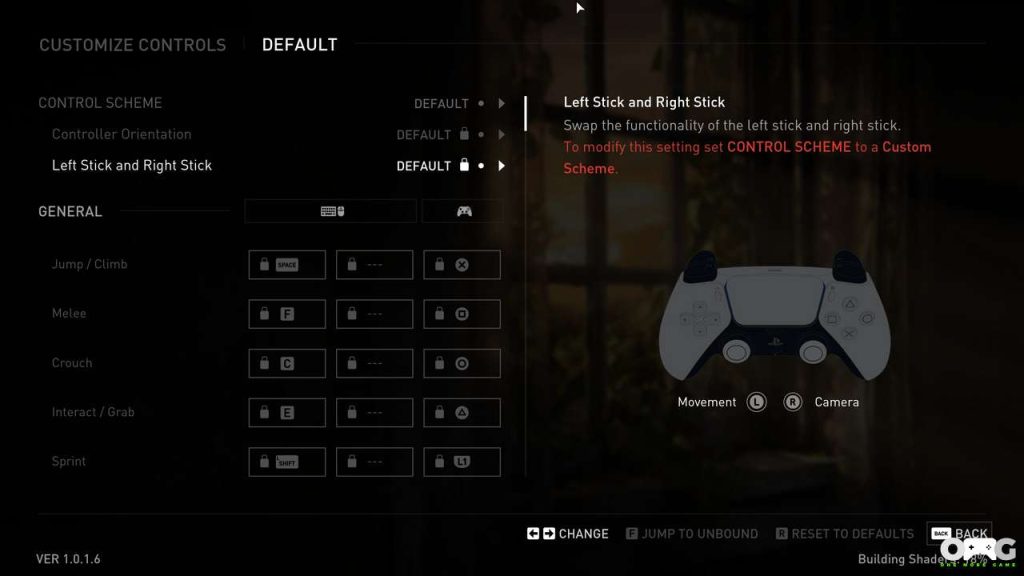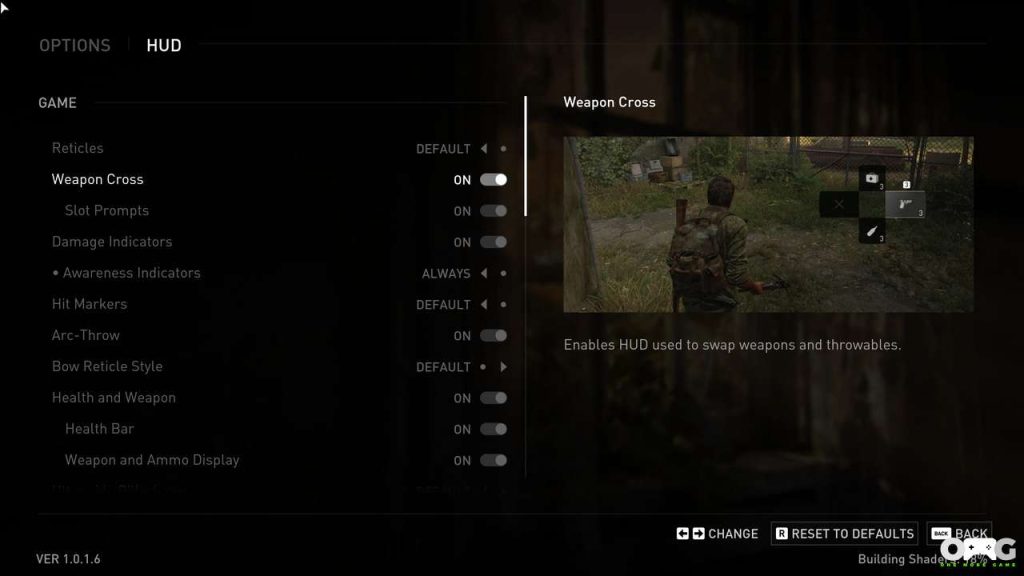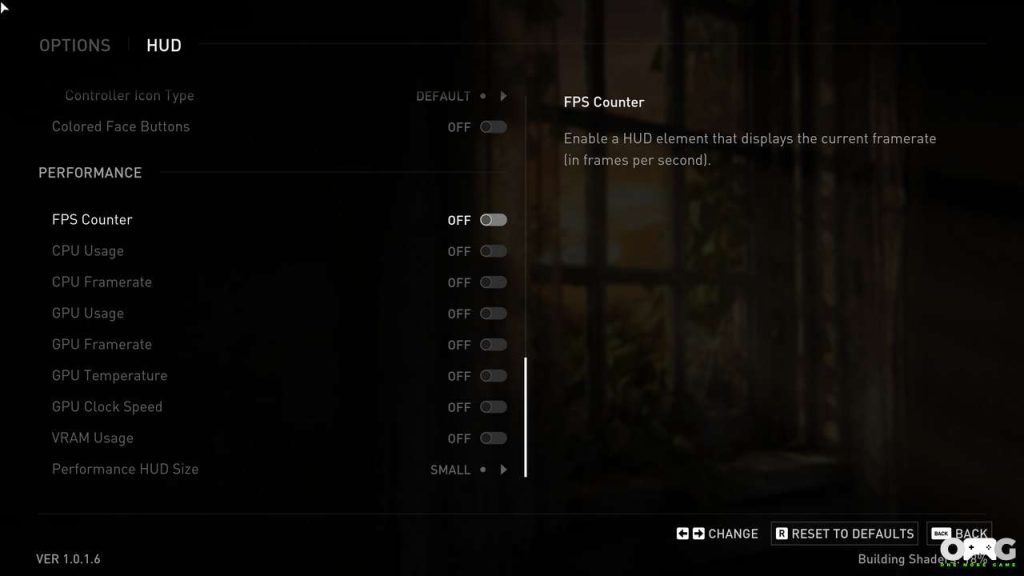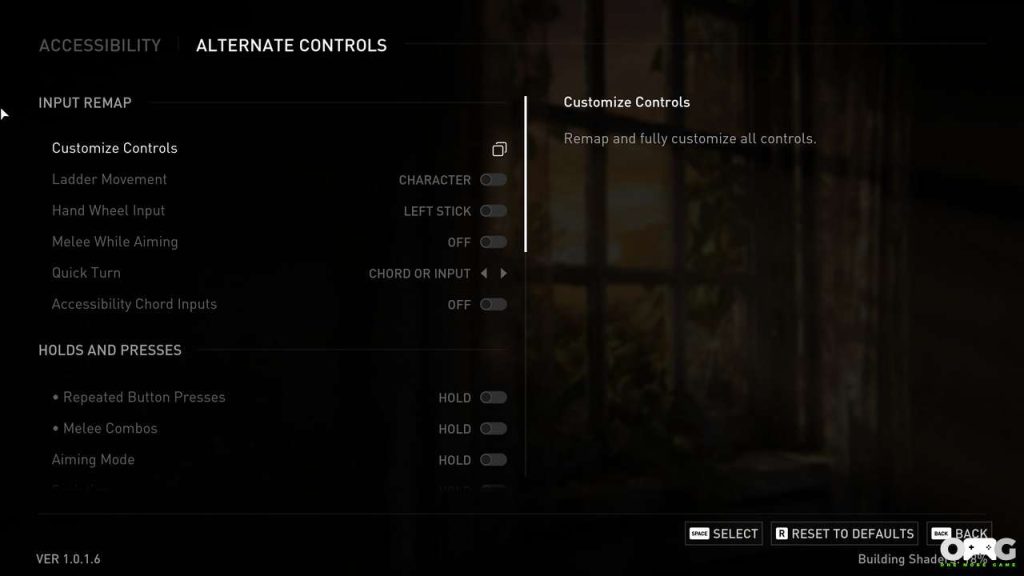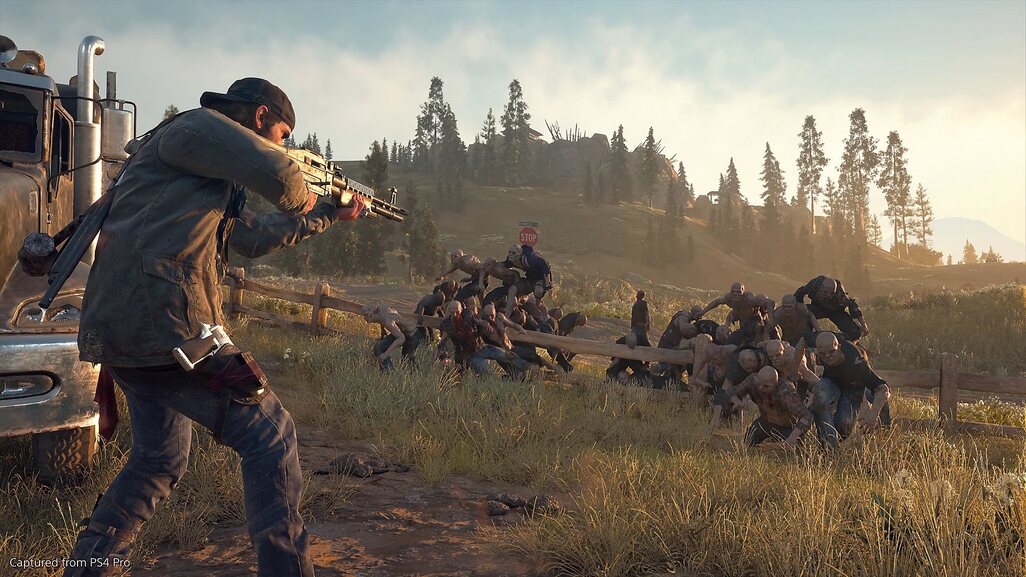The Last of Us Part I PC Review – Not Like This
The Last of Us Part I PC Review
Unfortunately, things did not go as planned, as The Last of Us Part I launched to a low standard that was unfamiliar to Naughty Dog. Issues abound, and many didn’t get to review it until the day of launch, which revealed a ton of bugs and unwanted hitches.
How does The Last of Us Part I PC port stack up to the stable of decent PC launches from PlayStation? Let’s find out!
*Disclaimer – We are playing the game on a patched version. We did not get to play this unpatched during the height of the issues being reported by the players.
Related – Read our PS5 review of The Last of Us Part I
Not for the Faint of Heart
| Minimum | Recommended | Performance | Ultra | |
| Performance Goals | 30 FPS @ 720p, Low preset settings | 60 FPS @ 1080p, High preset settings | 60 FPS @ 1440p, High preset settings | 60 FPS @ 4K, Ultra preset settings |
| CPU | AMD Ryzen 5 1500X/ Intel Core i7-4770K | AMD Ryzen 5 3600X/ Intel Core i7-8700 | AMD Ryzen 5 5600X/ Intel Core i7-9700K | AMD Ryzen 9 5900X/ Intel Core i5-12600K |
| GPU | AMD Radeon 470 (4GB)/ Nvidia GeForce GTX 970 (4GB)/ Nvidia GeForce 1050 Ti (4GB) | AMD Radeon RX 5800 XT (8GB)/ AMD Radeon RX 6600 XT (8GB)/ Nvidia GeForce RTX 2070 Super (8GB)/ Nvidia GeForce RTX 3060 (8GB) | AMD Radeon RX 6750XT/ Nvidia GeForce RTX 2080 Ti | AMD RX 7900XT (FSR Quality)/ Nvidia GeForce RTX 4080 |
| RAM | 16GB | 16GB | 32GB | 32GB |
| OS | Windows 10 64-Bit, Version 1909 or newer | Windows 10 64-Bit, Version 1909 or newer | Windows 10 64-Bit, Version 1909 or newer | Windows 10 64-Bit, Version 1909 or newer |
| Storage | 100GB SSD | 100GB SSD | 100GB SSD | 100GB SSD |
If you think that the system requirements of The Last of Us Part I are a bit too heavy, that’s because they are. Looking at the recommended requirements alone, you’ll be needing a 2070 Super/3060 to run the game at 1080p 60 FPS on high settings. The PS5 version of the game looks spectacular, so this PC counterpart will demand just as much.
Moving to the Ultra settings, which lets you run the game at 4K 60FPS, you’ll need a GTX 4080, which is one of the latest cards in the market right now. That’s on top of the 32 GB of RAM and 100GB SSD storage space, which all adds up to a hefty sum should you choose to play the game at its best. It could be said that if you want an affordable but optimized experience, a PS5 might be the best way to go.
Like Returnal before it and even the Spider-Man ports, there are a ton of graphical sliders here in The Last of Us Part I. From depth of field to shadow and lighting, as well as reflections, players with a capable rig can push their systems to the limit, making the game look as fantastic as ever. Fantastic could be a relative word, and we’ll talk more about it later.
You’ll also notice how The Last of Us Part I is such a VRAM hog, and this is very surprising. Turning down or off multiple options will lower usage bit by bit, with one of the biggest offenders being the environment textures. The game is very heavy on resources, so you’re machine will be sweating bullets especially in this Summer heat.
Naughty Dog has been a strong advocate of accessibility, starting with their impressive suite of options from The Last of Us Part II, and it extends to the remake of the first game, including this PC port. There are options to lessen motion sickness, navigation and traversal assistance, and even combat options that will cover a wide range of use cases to make the game more playable to all types of players.
You can check out the various accessibility options below:
Lastly, The Last of Us Part I cranks it up further with substantial control customizability options. The game supports a wide number of devices, but it’s quite nice to see that the Steam Deck and the Xbox Adaptive Controller are explicitly supported, as can be seen in the menus.
As is the standard with PS Studios games being ported to PC, the DualSense Controller is also supported. While you can only unlock its full potential during wired gameplay, having the option to turn on adaptive triggers and haptic feedback almost always puts this above and beyond mouse and keyboard functionality.
Endure and Survive Shader Building
One of the biggest issues we encountered, surprisingly, was even before we got to step into the game. During the initial startup, The Last of Us Part I will notify you that it is “Building Shaders,” which is a normal occurrence for some games. The problem lies in the length at which the game does it.
In our experience, the whole building shaders process took around 3 hours. It could have been shorter, but progress got stuck at around 19% and 22%, and we had to restart the game for it to proceed again, which we didn’t notice right away. You’ll only need to do this once if it’s any consolation, but a 2-3 hour process is almost inexcusable. Take the numbers above as my own experience and it could differ across other players.

When we got into the game, contrary to initial reports, our experience was relatively smooth. Playthrough mostly maintained a steady 60 fps across various portions of the game, including combat-heavy sequences. In particular, sequences with lots of particle effects like the spores can slightly trigger frame fluctuations.
One thing I did notice though is that upon approaching a new scene, the frame rates would drip drastically but then stabilize after a few minutes. It’s not as bad as it sounds because it’s still playable, but Steam’s frame counter goes into the 40-50 range and then shoots back up to 60+ after some time.
While we did notice some flickering in some situations and a couple of crashes throughout the playthrough, the game was mostly stable as compared to the initial reports. That’s not to say that the game is fine as is, but what’s undeniable is that this isn’t the level of quality that we are used to from Naughty Dog considering that their previous PS releases, along with Uncharted Legacy of Thieves Collection, were pretty much safe and nearly issue-free.
The Last of Us Part I is competent even with a mouse and keyboard setup, but this is certainly a game that benefits from the haptic feedback and adaptive triggers of the DualSense. While the implementation isn’t nearly as impressive as Returnal or Horizon Forbidden West, it still adds to the overall experience.
What we liked:
What we didn’t like:
Verdict: Wait for it…

Until then, it’s an easy recommendation to say that it is not worth the day-one buy until a majority of the issues are fixed. There’s also the issue of building shaders, which could take a couple of hours, something unacceptable in this day and age.

